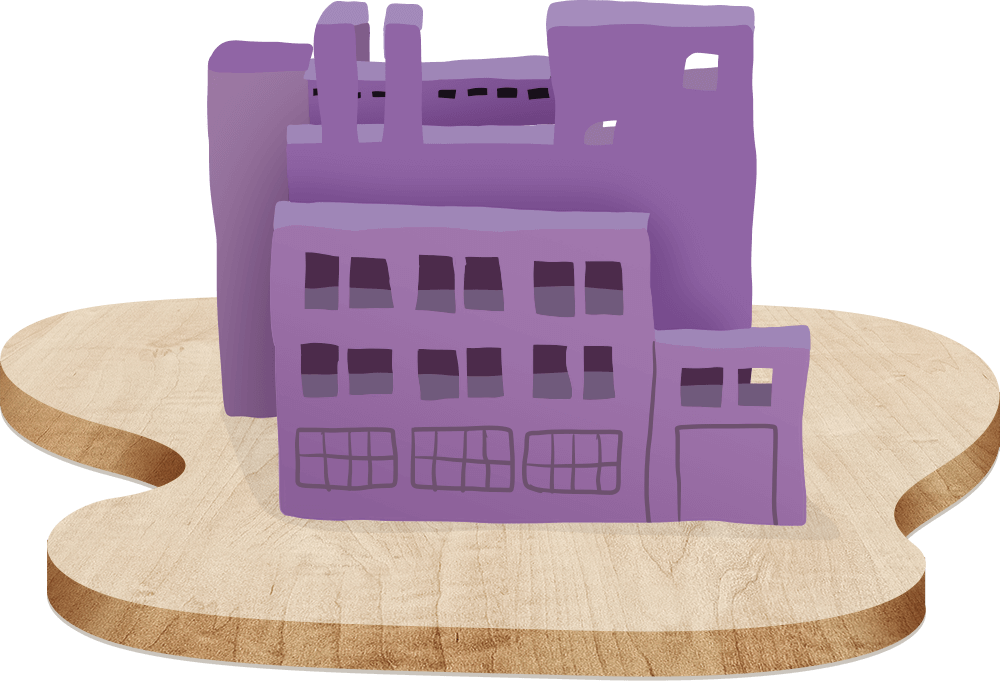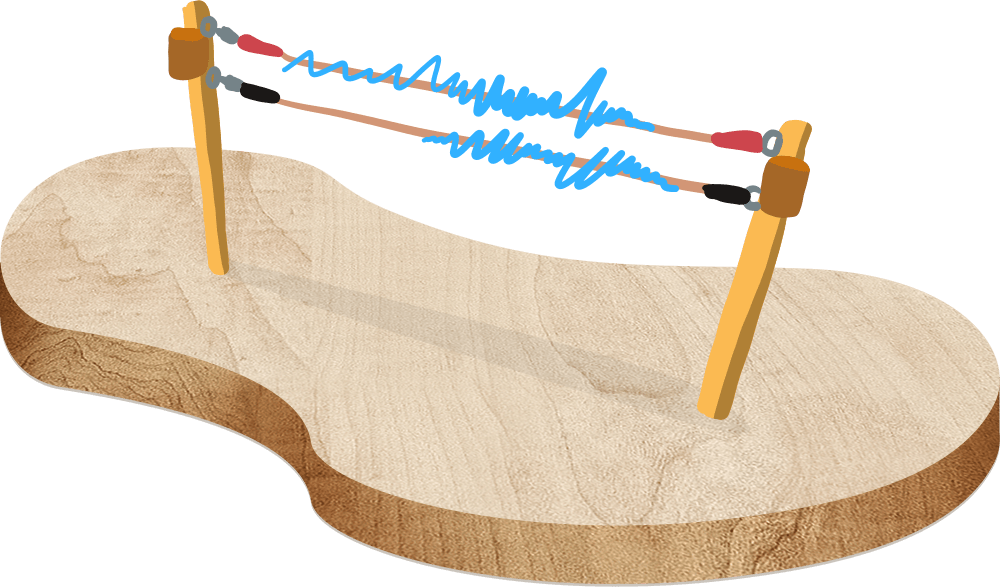About
Who is developing?
The Power Grid Kit has been in development for over 5 years with contributions from a host of partners. Version 5 was launched in partnership with REcharge Labs in the fall of 2017. When REcharge Labs closed in June of 2019, we paused production in order to evaluate the project and implement a variety of needed improvements.
The KidWind Project, with over 15 years of experience developing energy focused materials and curricula, is now the lead on this project. The most current iteration of the Power Grid Kit (Version 6) has been fully redesigned with full curricular support, integrated electronics, and the ability for customers to laser cut all of the components in their own workshops.

Why?
The U.S. power grid is the world’s largest machine and one the most complex systems ever constructed. It includes over 8,000 power plants, 5 million miles of transmission lines, and a tangle of computer systems ensuring that each piece is communicating and working properly. This machine is also undergoing dramatic change as it is impacted by a myriad of emerging technological opportunities, policy changes, and economic shifts.
Research into existing K-12 power grid educational materials revealed piles of videos teachers and students could watch, a few simulations, some pencil and paper curricula, and very expensive tools aimed at college students. Our team wanted tools that were more hands-on and engaging. We wanted a platform that could be used at many levels, open up conversations around complex issues, and help educators address current science standards. We also wanted a tool that would help students better understand how renewables, storage, and electric vehicles fit into the big energy picture.

1. Public Understanding
While utilities have done an excellent job teaching the students and public about safety around power generation, this outreach has not translated into a better understanding of the overall system. How are we educating students and the public about the system and its complexity so that they can take control of their future energy choices?
The ongoing rapid change in the power grid also makes it difficult for the public to keep up with what is happening. Stories about renewable energy, energy efficiency, distributed generation, storage, and electric vehicles abound and many people wonder what is realistic and possible. In addition to these technological changes, the grid is also impacted by a variety of policy and economic initiatives primarily driven by climate change, such as carbon taxes and Renewable Portfolio Standard mandates.
For the public to have a vibrant presence in shaping our electrical future, it is imperative that we better understand how the system works and the challenges it faces.
2. Workforce needs
Approximately 3.3 million people work on the power grid and related infrastructure and this workforce is growing by 5% each year. All the while, the average age of this workforce is over 50. A 2017 study by the U.S. Department of Energy predicts that 25% of electric and natural gas workers will retire within 5 years, and the U.S. Department of Labor estimates that up to half of the current energy industry workforce will retire in 5-10 years. Where are we going to find all of the utility sector employees needed to secure our energy future?
3. Educational Opportunities
Students are already learning about energy sources, transformations, and the science around energy (see curricula by NEED, NEF, CEWD), but as mentioned above these curricula miss the larger picture of how it all comes together in the complex power system. The Power Grid Kit is an amazing launch point to study not just energy, but the limits of models and simulations, impacts of technology, and a variety of engineering design projects and it is aligned to instruction in the Next Generation Science Standards (NGSS) and Department of Energy Literacy Guidelines.
